Naqsh-e Jahan Square, also known as Imam Square, is a grand testament to Iran’s rich cultural and architectural heritage. Located in the center of Isfahan, this sprawling square was built between 1598 and 1629 during the Safavid dynasty under the reign of Shah Abbas I. It reflects the vision of a ruler determined to create a harmonious urban space that celebrates Persian art and culture.
The square is surrounded by magnificent structures, including the Shah Mosque, the Sheikh Lotfollah Mosque, the Ali Qapu Palace, and the Qeysarie Gate leading to the Grand Bazaar. Each building showcases exquisite Safavid-era architecture, with intricate tilework, stunning mosaics, and grand domes that leave visitors in awe. The central pool and gardens add to the square’s serene and majestic ambiance.
Naqsh-e Jahan Square is not only a place of beauty but also a center of social and commercial activity. Historically, it served as a venue for public ceremonies, parades, and sporting events. Today, it remains a vibrant hub where locals and tourists gather to explore the markets, enjoy traditional music, and experience the lively atmosphere.
Recognized as a UNESCO World Heritage Site, Naqsh-e Jahan Square is a symbol of Isfahan’s historical and cultural significance. It represents the pinnacle of Persian urban design and architectural excellence, contributing to the city’s global reputation as a center of art and culture.
A visit to Naqsh-e Jahan Square offers an unforgettable experience. Visitors can stroll through its expansive grounds, explore the grand mosques and palaces, and immerse themselves in the rich history and vibrant culture of Isfahan. The square is particularly enchanting at sunset when the buildings are bathed in a warm, golden glow.


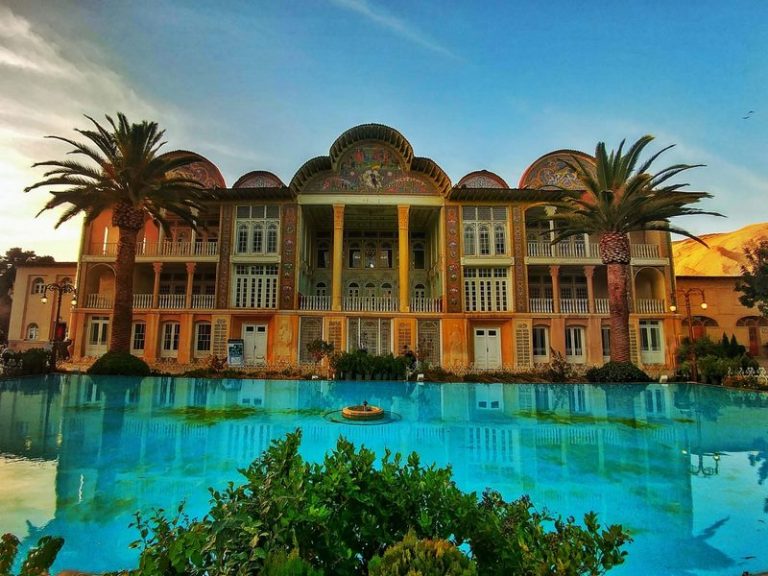
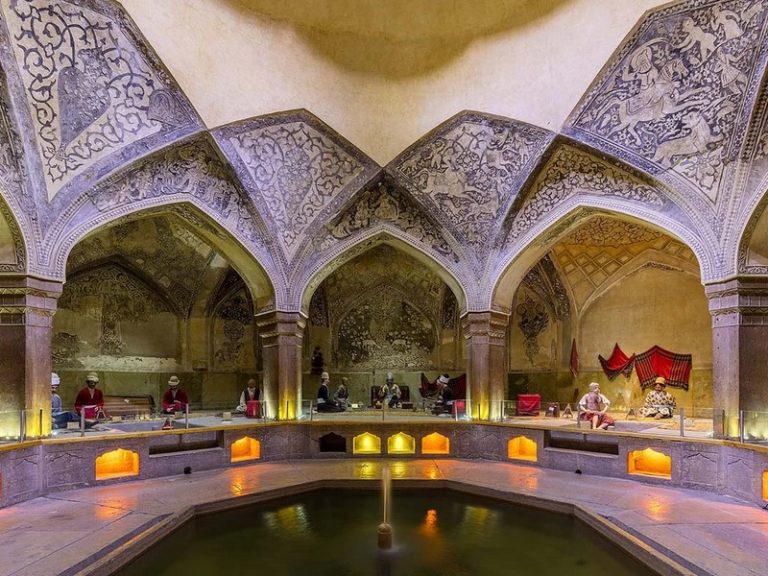
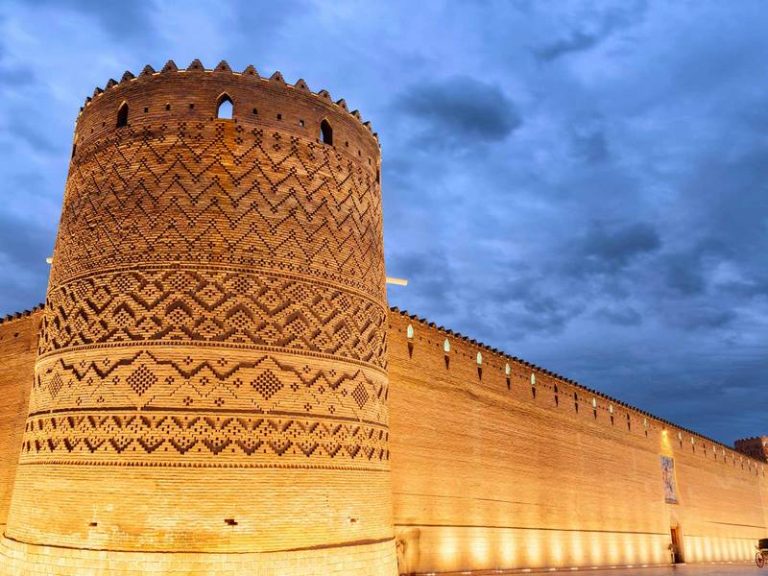
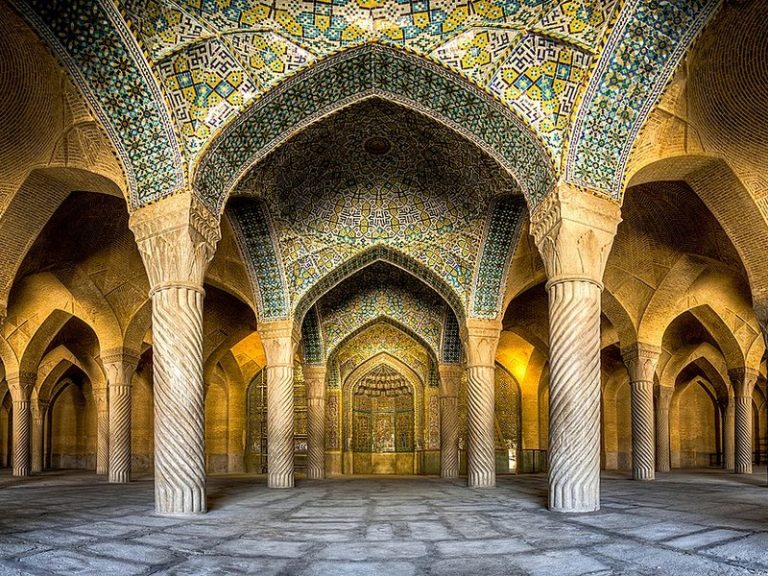
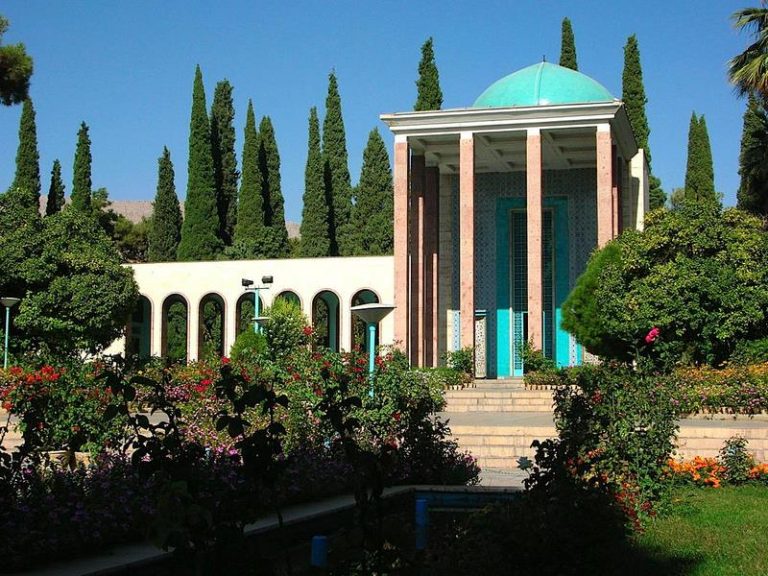
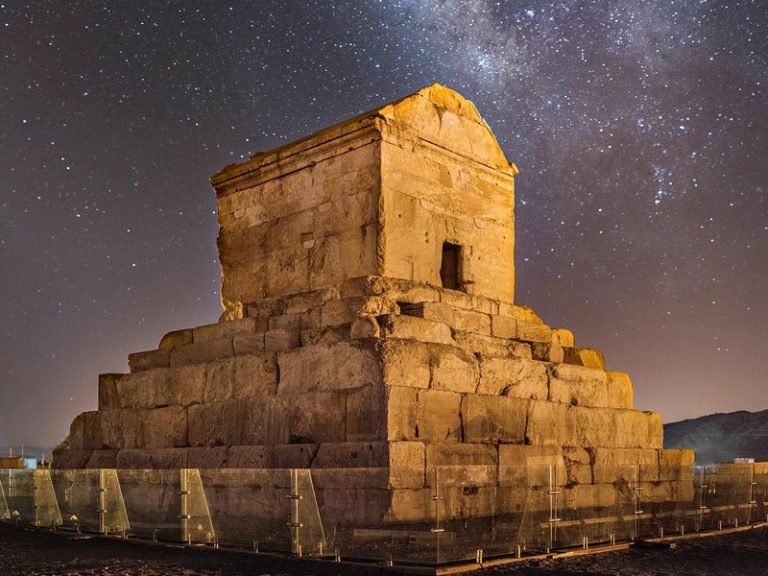
0 Comment